Audio Autopsy: From 1963 Lou Christie to 1987 Bruce Springsteen--The "Two Faces" of "Two Faces Have I"
An artist's inspiration can come from unusual (and unpredictable) places: Witness Springsteen's lyrical wink across decades from a falsetto-friendly '60s hitmaker.
Pennsylvanian, Luigi Alfredo Giovanni Sacco, had to wait three years to top the US pop charts. But, in 1963, the newly-christened Lou Christie (who turns 80 on February 19) had his first taste of pop stardom, with a song that would reverberate through more than two decades to another chart-topping rock star, this one from New Jersey.
On releasing his first hit, “The Gypsy Cried,” in 1962, Roulette Records changed his name to “Lou Christie” without the singer’s permission. “I was pissed off about it for 20 years,” Christie told DailyDooWop.com in 2018. “I wanted to keep my name.”
Christie was among the first singer-songwriters of the era, and he is known for his ability to change effortlessly from normal register to falsetto. John Lennon always liked Christie’s music, and referred to Christie as “a truly creative person.”
Long before Christie made it to #1 in ‘65 with his MGM Records’ “Lightning Strikes” (co-written with longtime collaborator, Twyla Herbert), the two songwriters’ “Two Faces Have I” (for Roulette) made it to #6 on the US pop chart in 1963, and #11 on the R&B chart.
Will I ever laugh again?
She'll never see me cry;
Will I walk with a smile on my face
Knowing I live a lie?
I pretend that I'm carefree,
But what am I?
I pretend that I'm carefree,
But I'm living a lie.
Two faces have I,
One to laugh and one to cry.
lyrics by Christie/Herbert
The song was ranked #44 on Billboard’s year-end ranking of “Top Records of 1963.” It was recorded at Gateway Studios in Pittsburgh on February 6, 1963. Local Pittsburgh guitar player, Ronnie Cochrane is heard on the track, as is a local Pittsburgh band called Johnny and the Debonaires. They provide the song’s instrumental backing, and are joined by the song’s co-writer, Twyla Herbert, on piano.
From the 2007 book, The Words and Music of Bruce Springsteen, author Rob Kirkpatrick contends that “Two Faces” (not one of the five singles released from the album) provides “the ‘narrative foundation’ for the [Tunnel of Love] album as a song about a man ‘at war with himself.’”
Indeed, for years, Springsteen has revealed, through his work, his lifelong struggle with depression, long before he opened up to the press about it.
“Springsteen strums a pizzicato chord progression on guitar,” Kirkpatrick continues, “providing a gentle background for the singer’s contemplation of his schizophrenic personality within relationships. He met a girl and ran away with her, and like the singer in [his] ‘Walk Like a Man,’ he made a vow to make her happy”:
Well, tonight you'll step away from me
And alone at the altar I stand
And as I watch my bride coming down the aisle
I pray for the strength to walk like a man.
“But, now he’s left to confront a dual nature that he’s unable to control. One ‘face’ allows him to be happy; the other is self-destructive, threatens to take his love away, and makes him do things he can’t understand. We hear that his two faces make him ‘feel like half a man’; the whole is less than the sum of the parts.
“The song closes with a nostalgic roller-rink organ that echoes the song’s inspiration, Lou Christie’s ‘Two Faces Have I,’ adding a texture that’s more wistful than playful.”
The Two Faces Meet
In a recent Springsteen-focused blog, writer Ken observed that “Bruce has long been a fan of ’60s legend Lou Christie, of falsetto fame.
“In fact, Bruce used to catch Christie’s gigs in Greenwich Village, but (according to Christie in an Asbury Park Press interview) was too intimidated to approach the famous singer at the time. When the two finally met in 2009, Bruce told Christie that his doo-wop-era classics ranked among his favorite records.
“Those favorites almost certainly included Christie’s 1963 Top Ten single, ‘Two Faces Have I.’ Something about the chorus lodged itself in his brain:
Two faces have I
One to laugh and one to cry
“The Christie/Herbert song wasn’t about dual personalities or warring natures,” E Street Shuffle.com’s Ken continued; “It was just a simple pop break-up song featuring a narrator who hides his heartbreak from the world. But the notion of two faces–one that laughs and one that cries–likely resonated, and it surfaced to the top of his mind when writing material for what would become Tunnel of Love.
“By that time [1987], Bruce was well aware of his more destructive side, and he’d already started understanding and grappling with it via therapy–which may be why he began grappling with it more directly in his songwriting, as well.
“He was still Bruce Springsteen, though. He might have been ready to address his demons lyrically, but musically, he’d hide them in a deceptively upbeat solo backing track–solo, that is, except for Max Weinberg on drums and what must be Danny Federici on the organ, although if so, he is strangely uncredited [in the liner notes].
Bruce’s “Two Faces” is “a spare song both in orchestration and narration,” Ken contends. “Bruce’s lyrics are among his most economical, eschewing metaphor beyond the titular, and yet they are powerfully effective: building tension towards the bridge, tension we don’t even detect at first listen.
I met a girl and we ran away
I swore I’d make her happy every day
And how I made her cry
Two faces have I.
“Once we’ve heard the song in full, we can hear the song in a darker light, but on first listen, following a carefree instrumental introduction, we hear that third line (‘and how I made her cry’) as wedding day tears of happiness. Only the verse’s final line provides more ominous shading, and in the second verse, Bruce employs pedestrian symbolism to deepen the rumbling:
Sometimes mister I feel sunny and wild
Lord I love to see my baby smile,
Then dark clouds come rolling by
Two faces have I
“Until this point, our narrator has only hinted at darker doings. He’s happy and in love, but there’s a sense of something darker brewing. We don’t have to wait any longer for it though–the sky opens in the bridge:
One that laughs one that cries
One says hello one says goodbye
One does things I don’t understand
Makes me feel like half a man.
“And, there it is–the Christie homage that also reveals Bruce’s newfound self-awareness: If I love you, I’ll hurt you if I can.
“Expressed by his narrator, the key lines (Bruce’s key lines are almost always in the bridge): One does things I don’t understand, makes me feel like half a man.
“With the villain now fully revealed, the struggle continues:
At night I get down on my knees and pray
Our love will make that other man go away,
But he’ll never say goodbye
Two faces have I.
“Bruce has credited his wife’s love, patience, and understanding as foundational and essential to his ability to rise above his darker nature (although it wasn’t the wife he had at the time he wrote ‘Two Faces’). Even so, I suspect from Bruce’s more recent writings that he’d admit that that other man never did say goodbye. That struggle likely continues to this day.
“But the song isn’t over yet–and atypically for Bruce, it’s about to take a turn for the brighter:
Last night as I kissed you ‘neath the willow tree
He swore he’d take your love away from me
He said our life was just a lie
And two faces have IWell go ahead and let him try
“‘Two Faces’ ends with what I believe must be an intentional set of parallels,” Ken concludes. “On the album, the song is paired with ‘Brilliant Disguise,’ which immediately follows ‘Two Faces’ as if they were opposite sides of a coin.
“They might well be.”
RELATED: As part of the on-air staff at Houston’s CBS-owned KLOL-FM in 1975, I helped “break” Springsteen in the Bayou City. Discover how a bootleg tape from Mike Appel helped us do that (and much more), here:




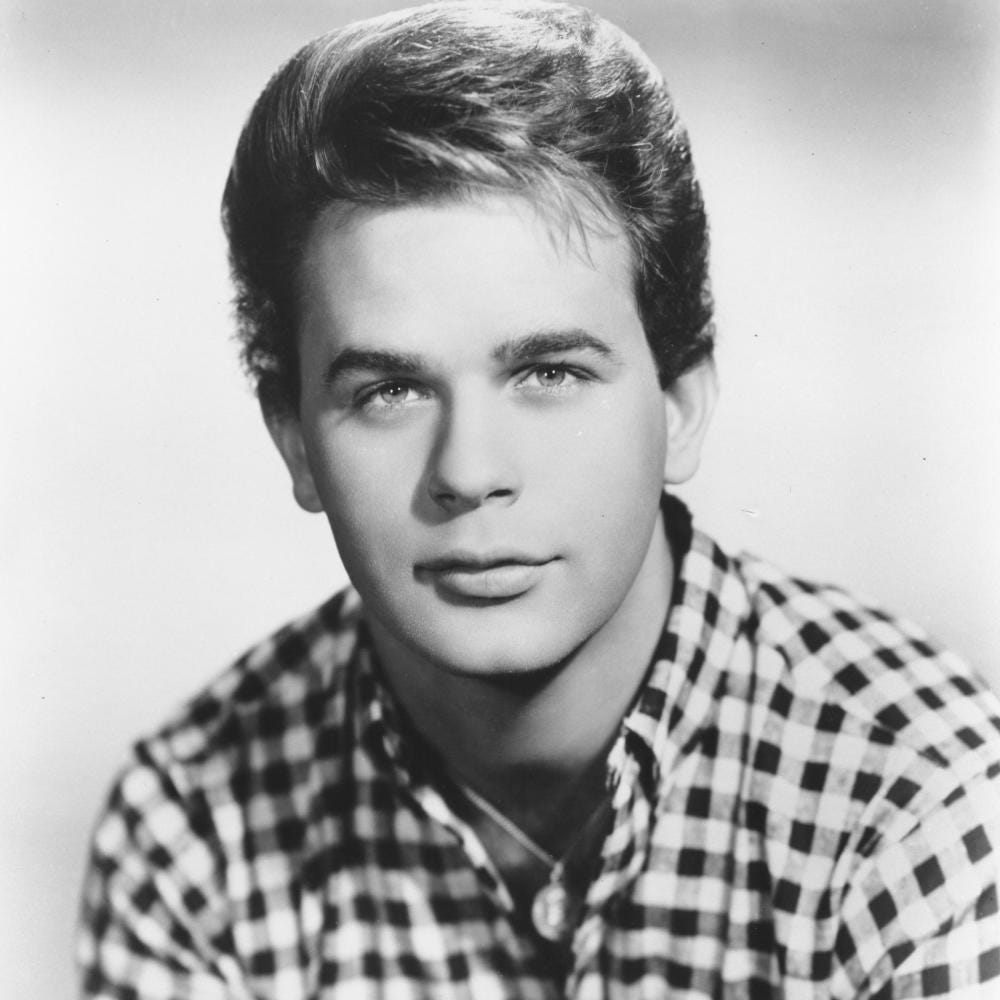
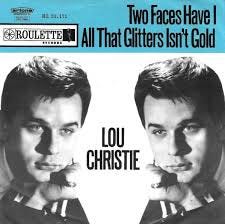
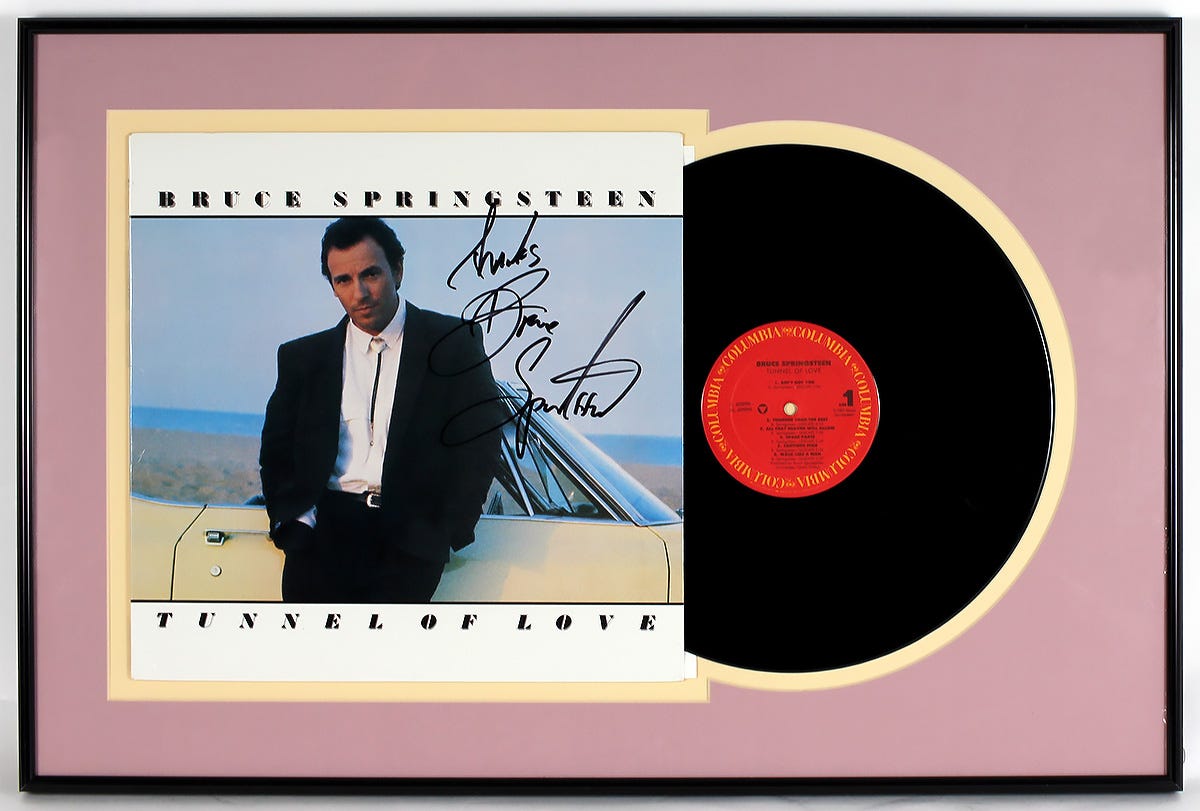
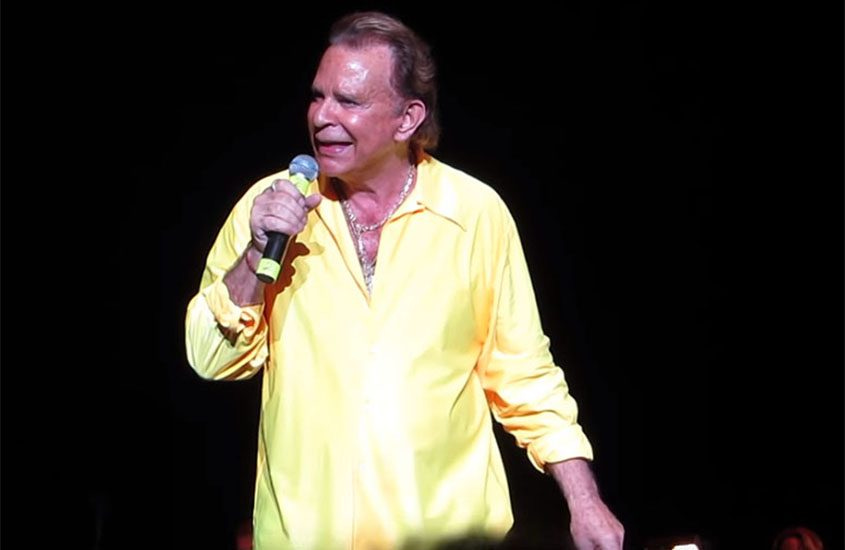

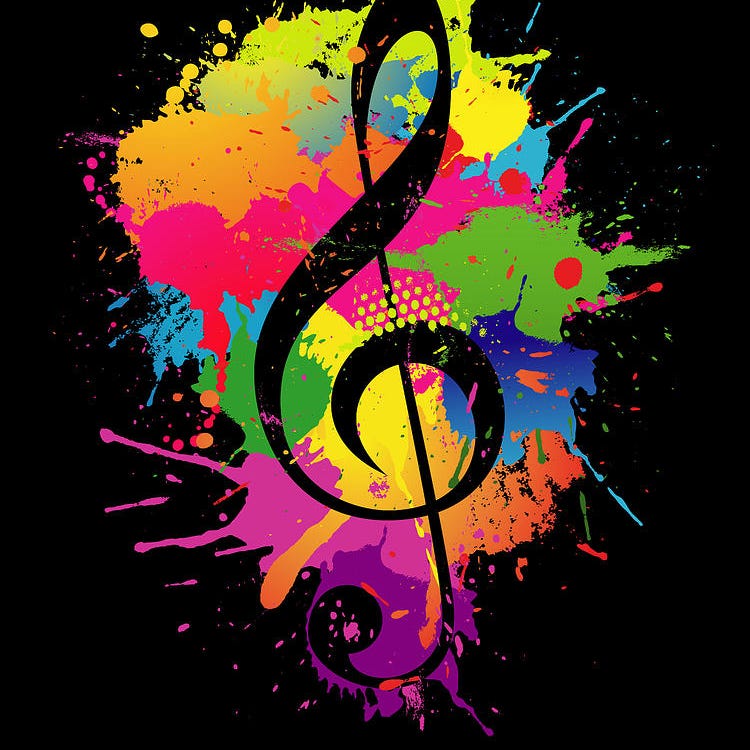

Thank you for taking two distinct musical talents in Christie and Springsteen, in two different eras
and making the connection. I was then inspired to listen to both artists’ versions of “Two Faces Have I “back to back.
Keep up the good work as we move into the new year.